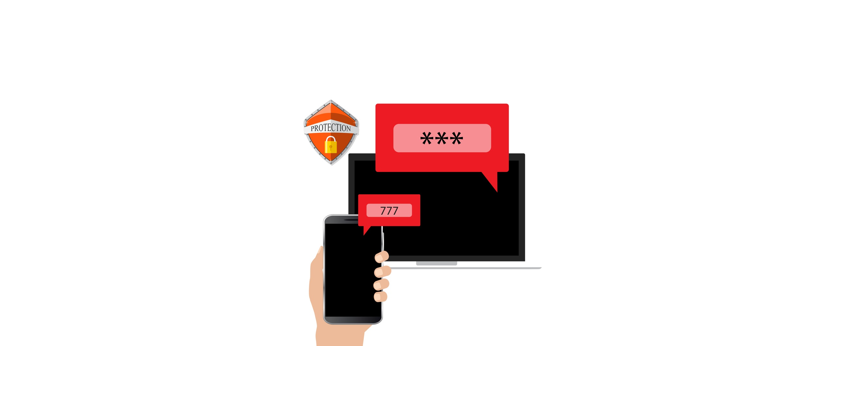Multi-Factor Authentication (MFA) is a secondary form of authentication that helps make all your accounts more secure. MFA translates to two or more forms of validating that you are who you say you are. It’s commonly used in the form of a 6-digit verification code in an MFA application like Google Duo. At a minimum, the top three things that absolutely need the extra security that MFA provides are:
- VPN: VPNs allow multiple users access to a company network. This is great for working remotely but involves a high risk of being breached by a hacker if the passwords are not secure. MFA creates a second layer of defense—greatly reducing the risk of data breaches and stolen company information.
- Email: Email attacks are becoming far more frequent now that nearly all companies have some form of a company email account. Hackers will only need access to one email account in order to scam and phish other accounts both within and outside a user’s organization.
- Website: A company’s website is representative of the core values, goals, and services that they provide. However, hackers could get in and change all the information that has been meticulously curated for that website: services, products, contact info, etc.
Bonus: Banking!
We know this doesn’t fit on our list of top three, but there are so many things to MFA that we can’t choose just three! Bank accounts hold all your personal information: addresses, phone numbers, banking account/routing numbers, credit card numbers, etc. It’s of utmost importance to make sure your bank account is safe from potential breaches; most mobile banking apps offer a second form of authentication, so be sure to utilize it!
Need help incorporating MFA best practices into your organization? Contact IT Radix today! We’re here to help you stay safe online.
First published in our April 2020 IT Radix Resource newsletter


